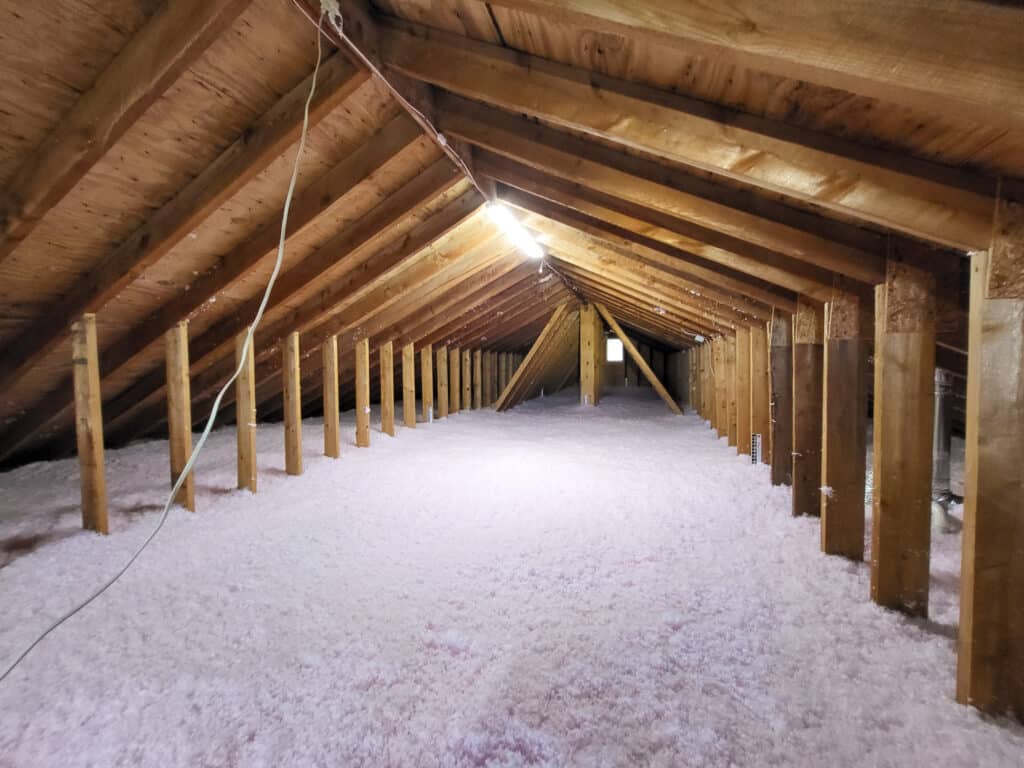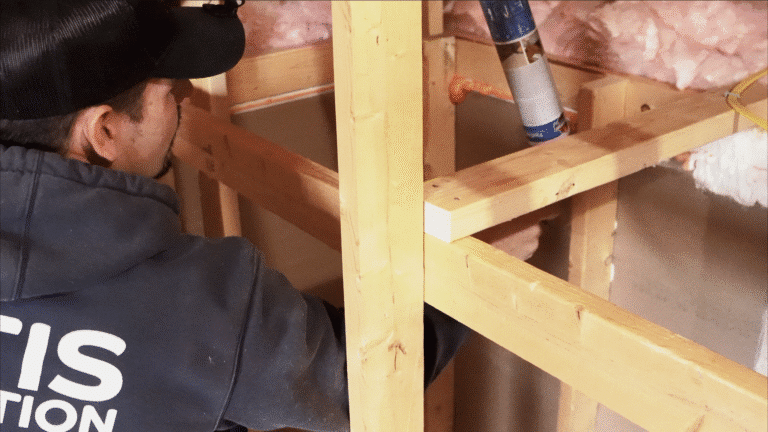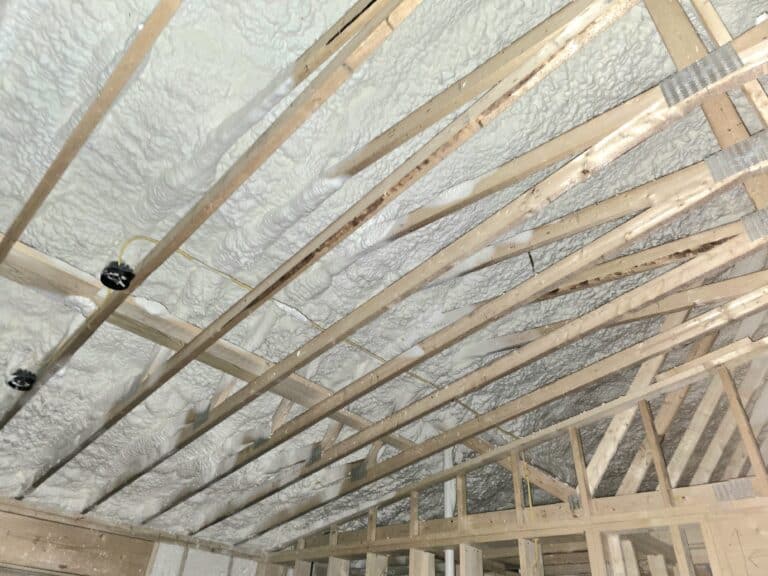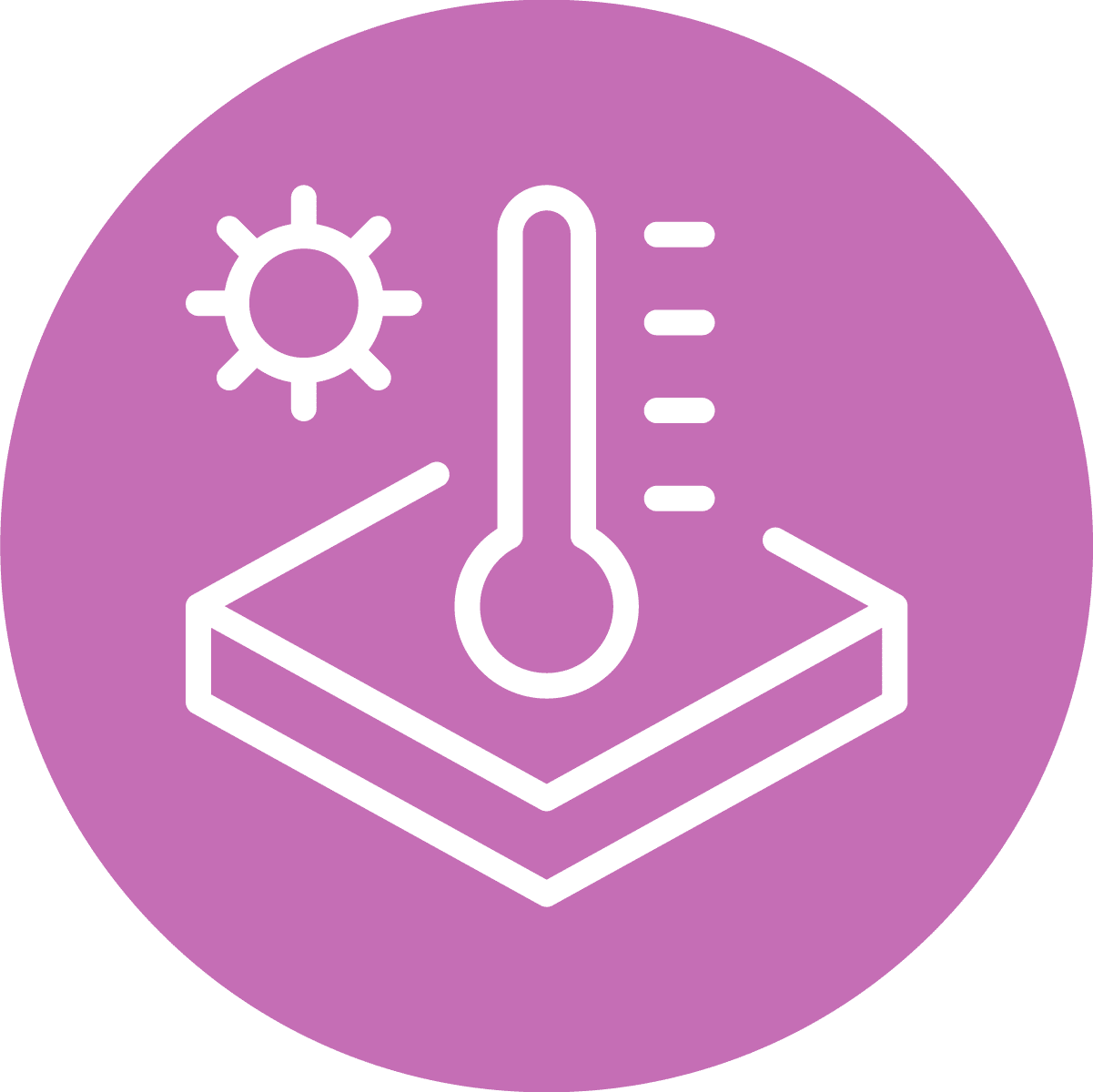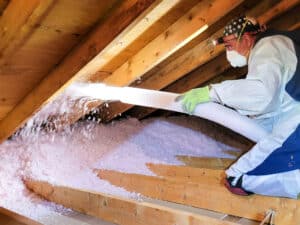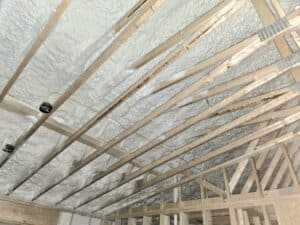It’s concerning to think about the amount of energy wasted during the summer to cool your home. Most insulators talk about energy savings because it’s easily measurable by a simple act of comparing your last year’s heating/cooling bills to your current ones. But what about your health and the health of your kids as it pertains to the air quality? What about your comfort and the comfort of your family? Health and comfort are much harder to measure, but it’s even more tightly coupled with your wallet than just energy savings since your health can directly affect your earning power.
You will never look at your home the same when you see how the “Stack Draft” affects your house, comfort, and energy.
So let’s talk about attics!
Attics don’t just hold up the roof, they help keep the home at a more consistent temperature as well as significantly affect the home’s overall energy efficiency and potentially the health of all living in the house. It’s very common for homeowners who’ve lived in their homes for years to never see their attic space. Though usually small, inaccessible, and incredibly hot or ridiculously cold; attics are very important and shouldn’t be ignored at all. That being said, 85% of homes in America don’t have enough insulation. Under-insulated attics account for 15% to 48% of a home’s heat loss.
Here in North East PA, where lots of houses don’t even have central AC, it’s an uphill battle to keep your home comfortable during the summer. To add to it, when most of the houses were built, insulation codes either didn’t exist or were just plain ignored. So let’s explore what is happening with the air movement in your house during the summer months and how the attic can help to make your house more comfortable.
Interested so far? Then let’s talk about the “Stack Draft” effect. It’s a phenomenon that occurs when warm air rises and escapes through leaks in the upper levels of a building, such as an attic. This creates a suction effect that pulls cold air in from the lower levels, which can cause the aforementioned problems.
When you heat your home in the winter, the hot air rises and puts pressure on the ceiling, searching for gaps or holes where it can escape. Unfortunately, these gaps do exist and are often hidden in the construction where walls meet the ceiling or where light fixtures are installed. Air escapes through the top of the house, creating a vacuum effect that pulls in cool air from the bottom. As a result, hot air leaks out, creating a draft that pulls in cold air from under the house and from outside. The more you try to warm up your home by turning up the thermostat, the more pressure is added to the ceiling, which only expedites the effect.
During the summer, when indoor air is cooled, the “Stack Draft” effect occurs in reverse. The outdoor temperature is often warmer than the indoor temperature, so the top floors of the house will have a lower air pressure relative to the outdoors. This creates air infiltration higher in the house as air moves from high pressure to low pressure and causes exfiltration on the lower floors. Hot air is drawn in through the top of the house through air leaks and gaps, which results in an uncomfortably hot top floor. The upper floors of the house are depressurized relative to the outdoors. This air movement also brings with it years of accumulated dust, pollen, allergens, and micro-particles that have settled in your attic. Due to the “Stack Draft” effect, keeping the heat at bay can feel like a losing battle. The “Stack Draft” effect is a cyclical flow of air driven by differences between indoor and outdoor air densities and temperatures. Air-conditioning units cool hot air, causing it to sink, which helps to start the cycle of flowing air over again, leading to excessive cooling costs.
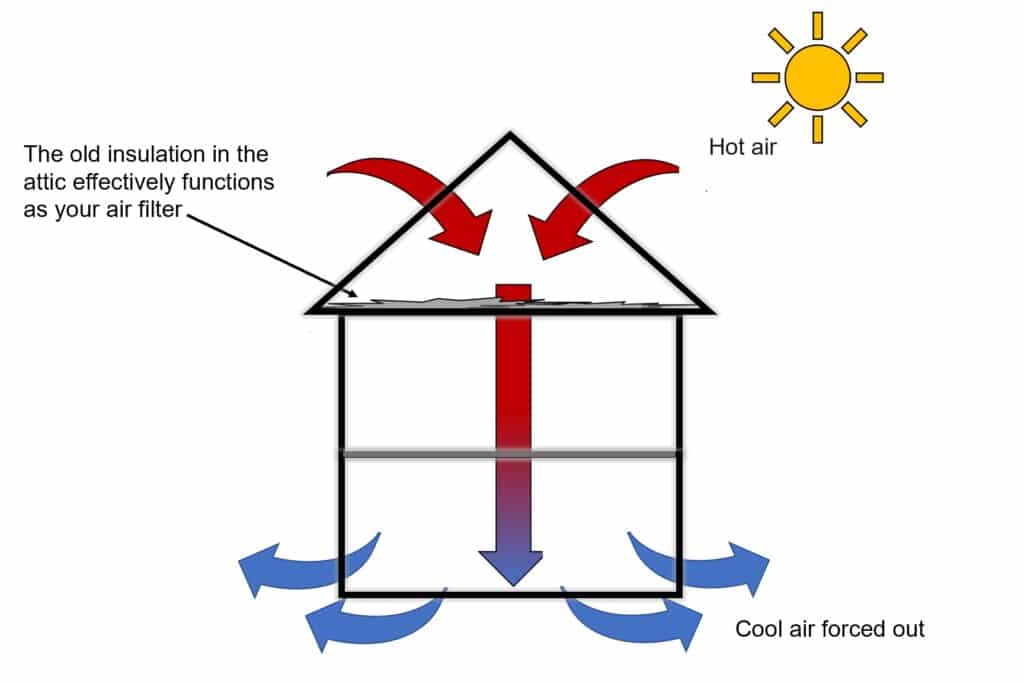
On cool summer nights, the stack effect can be used to your advantage. If the outdoor temperature dips below the indoor temperature and it’s not too humid, you can open the upstairs windows to cool the house because the stack effect will reverse itself. But the best way to remedy the stack effect in most houses is by air-sealing the house to minimize gaps between indoor and outdoor spaces and installing proper, fresh insulation to the regionally established R-Value.
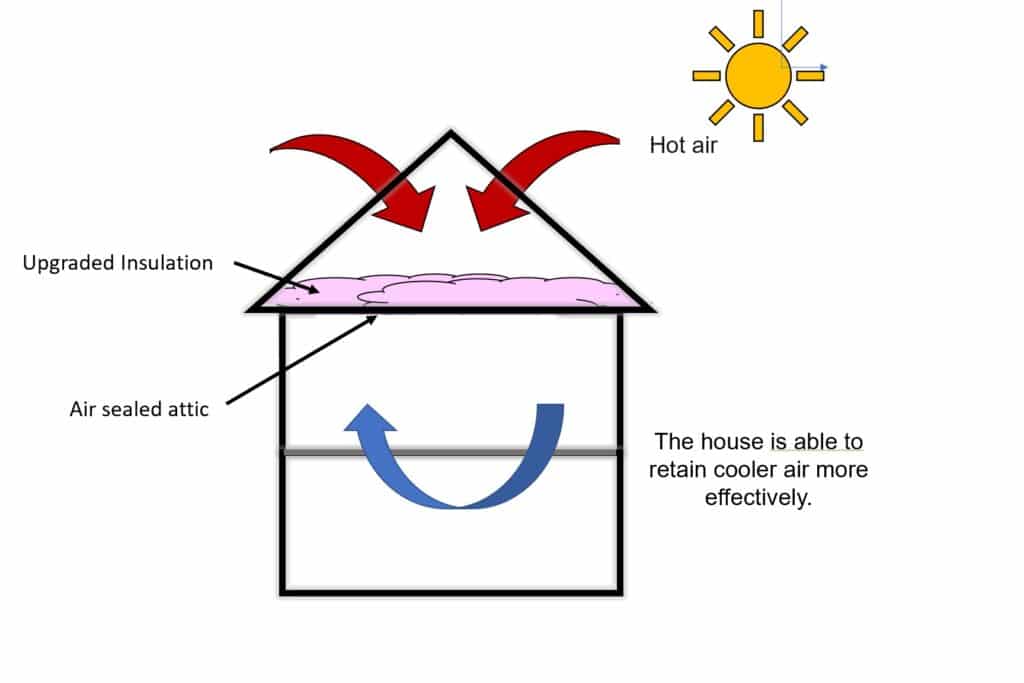
Taking care of your attic to ensure it is properly insulated and sealed will help to prevent hot air, that’s probably even more heated by the roof of the house, from pushing the cooled air out, essentially cooling the outside instead of the inside of your house. Properly insulating and air sealing the attic can save you a little fortune over the years, extend the life of your heating and cooling systems, and improve overall air quality.
So next time you’re up in the attic, take a look around and see if any areas could use some attention. Or leave it to professionals to assess your attic’s insulation and air leaks. Your wallet and your family will thank you!
Let’s keep outside, outside!
Natalya – Attis Insulation


